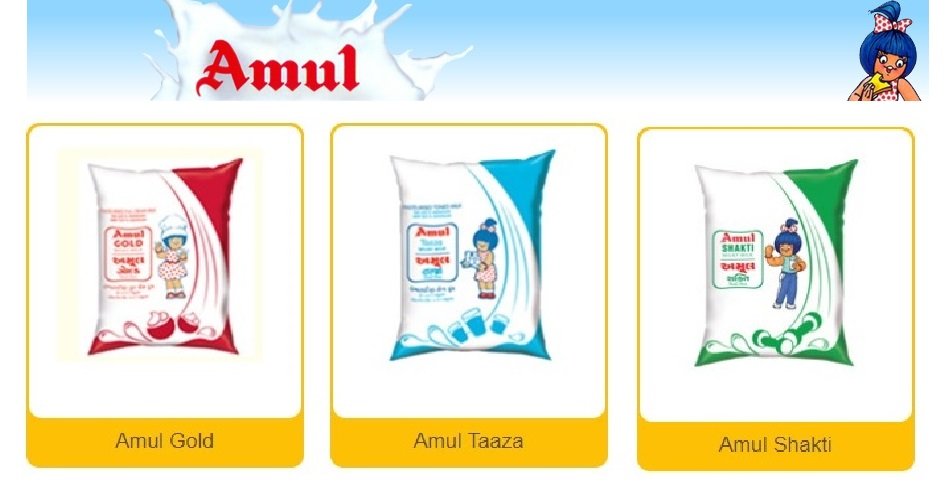GCMMF, the marketer of Amul milk, hikes its fresh milk price by ₹2 per liter effect on March 1
Dairy cooperative giant Gujarat Cooperative Milk Marketing Federation Limited (GCMMF), the marketer of Amul milk, announced a ₹2 per liter increase in fresh Amul milk pricing on Monday.
The price increase will apply to fresh liquid milk supplied in pouches under the Amul Gold, Amul Tazaa, and Amul Shakti brands.
‘This price increase is being done owing to increases in expenses of electricity, packaging, transportation, cow feeding cost, therefore the overall cost of operation and milk production has risen,’ GCMMF said in a statement on Monday.
Also Read | GCMMF invests fresh 1,200 crore to increase milk processing capacity
The price increase will take effect on March 1 in all states where Amul sells fresh milk. ‘Amul Gold will cost 30 per 500 ml in Gujarat’s Ahmedabad and Saurashtra markets, Amul Taaza would be 24 per 500 ml, and Amul Shakti will be 27 per 500 ml,’ it stated.
According to the Amul statement, the 2 per liter price rise equates to a 4% increase in the Maximum Retail Price (MRP), which is substantially lower than average food inflation. ‘It is worth noting that Amul has only increased its fresh milk category pricing by 4% each year over the previous two years,’ it stated.
‘Given the increase in input costs, our member unions have raised farmers’ prices in the range of ₹35 to ₹40 per kg fat, a 5% increase over the previous year,’ the statement added. The dairy cooperative has a strategy of returning around 80 paise for every rupee paid by customers to milk-producing farmers.
‘The price change will assist in maintaining remunerative milk pricing for our milk producers and encouraging them to increase milk output,’ the dairy giant stated. Meanwhile, dairy players predicted a price increase in dairy products in 2022 as a result of increasing input prices at the end of 2021.
Also Read | India’s dairy sector raised concern on Free Trade Agreement with EU
The Covid-19-affected years of 2020 and 2021 witnessed surplus milk supply at dairies, but farm-gate prices did not rise since bulk demand from hotels, restaurants, and cafés remained modest. As a result, analysts remarked that dairy producers were under cost pressure with no price gains.
Dairy specialists have maintained that milk inflation had stayed around 2% per year for the last two years, compared to a 25% increase in the pricing of edible oils and other protein/fat products.


















Add Comment